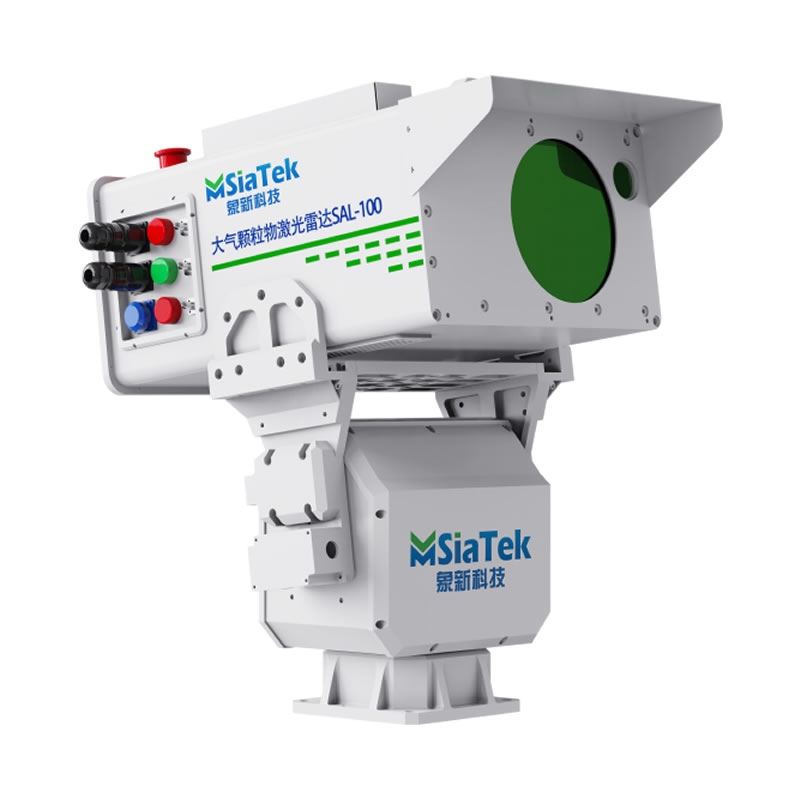
The SAL-100 Aerosol LiDAR can accurately identify pollution sources outdoors through scanning methods such as horizontal, vertical, and conical scann
View more
Utilizing the principle of Mie scattering, the atmospheric Aerosol LiDAR emits laser beams at a wavelength of 1064nm. Through a telescope, it receive
View more
The SAL-300 Aerosol LiDAR can accurately identify pollution sources outdoors through scanning methods such as horizontal, vertical, and conical scann
View more
Utilizing the principle of Mie scattering, the atmospheric Aerosol LiDAR emits laser beams and receives and analyzes vertically and parallelly polari
View more
The atmospheric Aerosol LiDAR utilizes the principle of Mie scattering to emit lasers and receives and analyzes vertically and horizontally polarized
View more
The SOL-100 atmospheric ozone LiDAR is capable of real-time online monitoring of the vertical distribution of atmospheric ozone concentration, providing powerfu
View more
The SOL-200 atmospheric ozone LiDAR is capable of real-time online monitoring of the vertical distribution of atmospheric ozone concentration, providing powerfu
View more
The SOL-300 atmospheric ozone LiDAR is capable of real-time online monitoring of the vertical distribution of atmospheric ozone concentration, providing powerfu
View more
The SCL series ceilometers, utilizing the principle of Mie scattering, are capable of measuring cloud base height, cloud thickness, and other related parameters
View more
The SCL series ceilometers, based on the principle of Mie scattering, are capable of measuring cloud base height, cloud thickness, and other related parameters.
View more
The SCL series ceilometers, utilizing the principle of Mie scattering, are capable of measuring cloud base height, cloud thickness, and other related parameters
View more
The SCL series ceilometers, based on the principle of Mie scattering, are capable of measuring cloud base height, cloud thickness, and more. Leveraging years of
View more
The SVL series visibility LiDAR, based on the principle of Mie scattering, is capable of outputting spatial distribution information of high-humidity air masses
View more
The CTHL-100 Temperature and Humidity Profiling LiDAR, based on the principles of Mie scattering and Raman scattering, detects Stokes and anti-Stokes scattering
View more